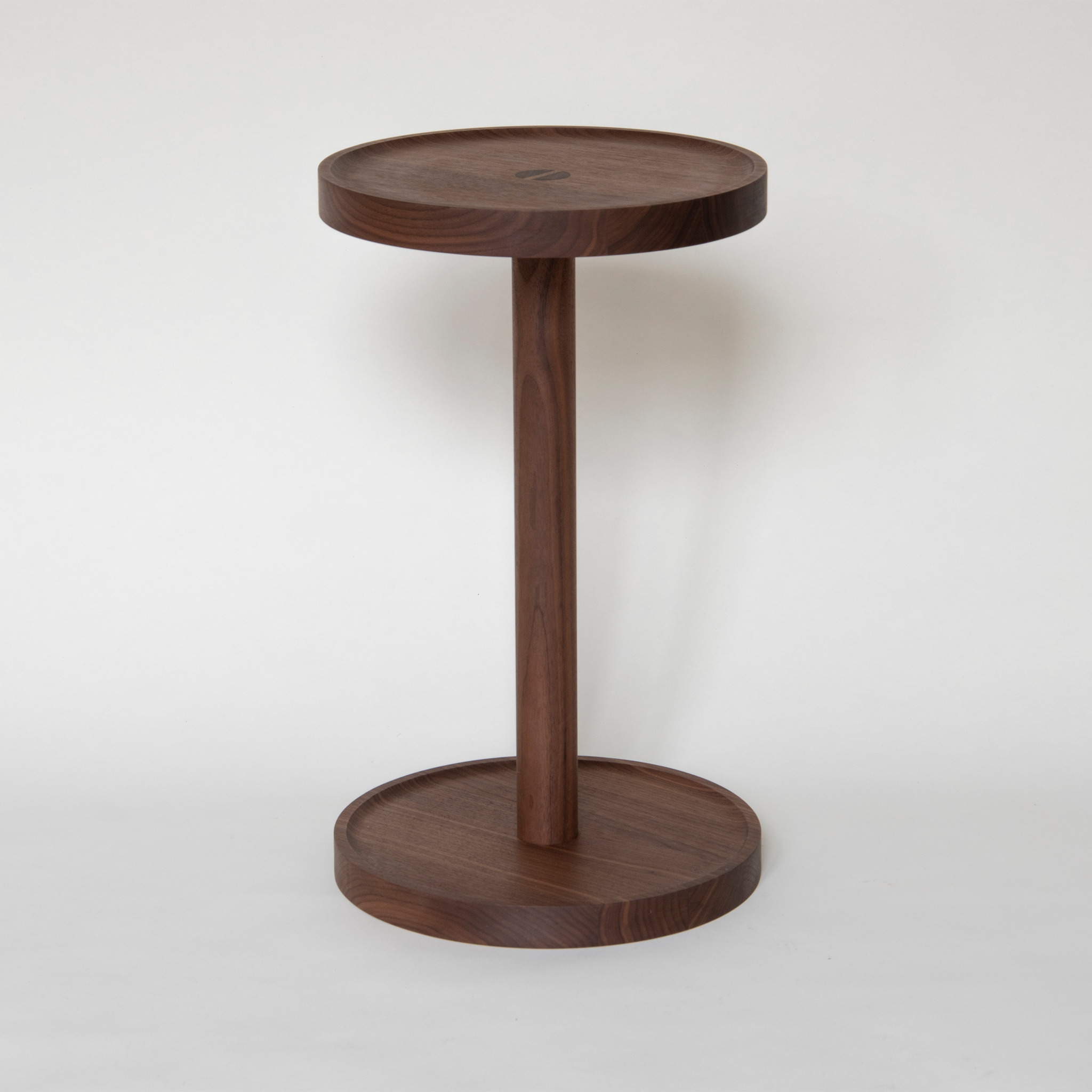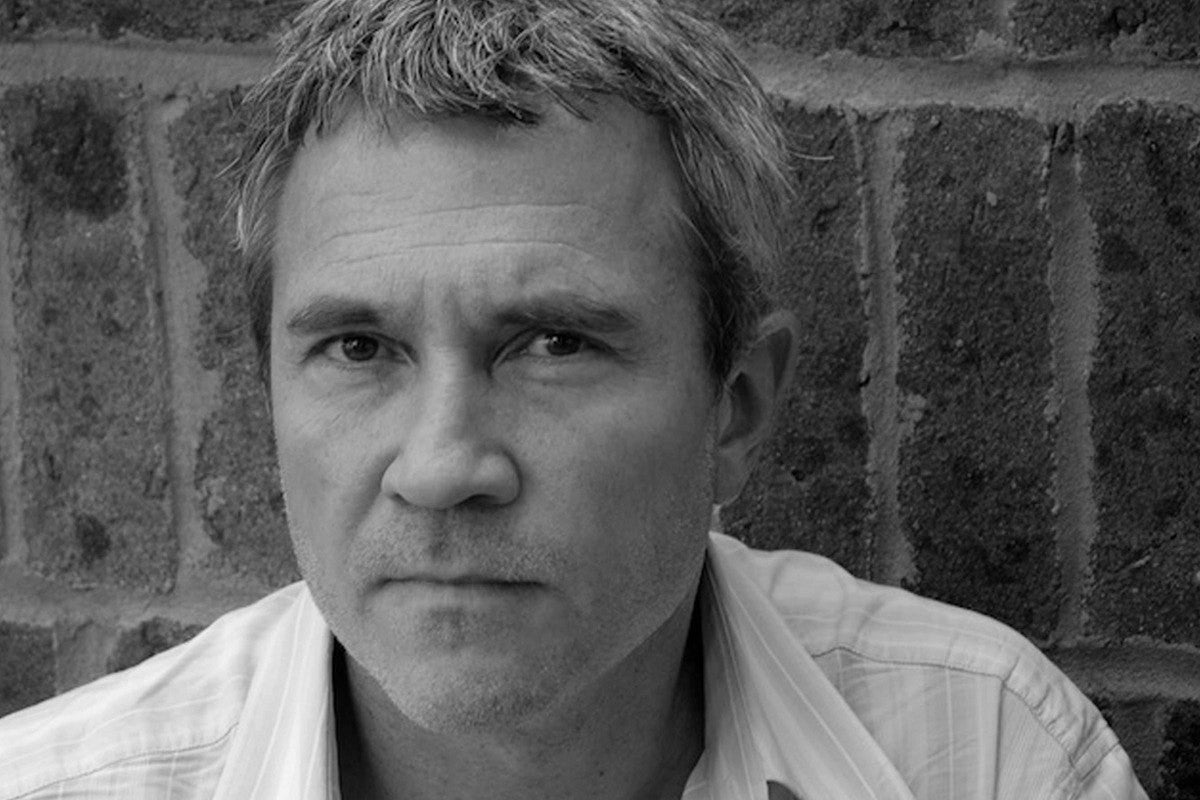
Cooper Side Table
SCP
It is made from solid, sustainably sourced Walnut and the circular top and base both feature a raised edge.
Details
MaterialsFSC-Certified Solid American Walnut with an Oiled finish.
Made in the EU.
Dimensions
30Ø × H50 cm
In Stock
In stock and ready to despatch! UK delivery usually 1-2 days. Larger items and non mainland addresses will take a little longer.
Quick Ship false weeks
Good news! This popular item is usually available on a quick lead time in the finish you selected (other options may have different lead time).
Default two man delivery notice
Default two man delivery information
Bespoke terms & Conditions Title
This item is made specially for you and special terms apply (see Terms and Conditions). Lead times are provided as an estimate and can vary. Read More
Made to Order false weeks
This item is made specially for you in the options you choose and special terms apply. Lead times are provided as an estimate only and can vary.
Lead time 6 weeks
Lead times are provided as a general guide to what is typical for this product but can vary depending on the specific variant and quantity you choose as well as current availability. Read More
Currently Unavailable
This product is out of stock or not currently available to buy.
Added to your basket
More information about Cooper Side Table by Matthew Hilton for SCP
Matthew Hilton

Born in 1957, Matthew Hilton studied at Portsmouth College of Art and then at Kingston Polytechnic. After graduating he worked for Capa as an industrial designer and model maker. He then set up his own design studio/workshop in 1984.
Matthew Hilton doesn't believe in design movements, and he really doesn't like the concept of design as a fashion. Rather, he thinks the design process is part of the evolution of any object through history. Designing with the end user in mind, and whether that means a household of ten or one, he takes pleasure in finding the fluid, easily adaptable solution to fit today's domestic spaces.